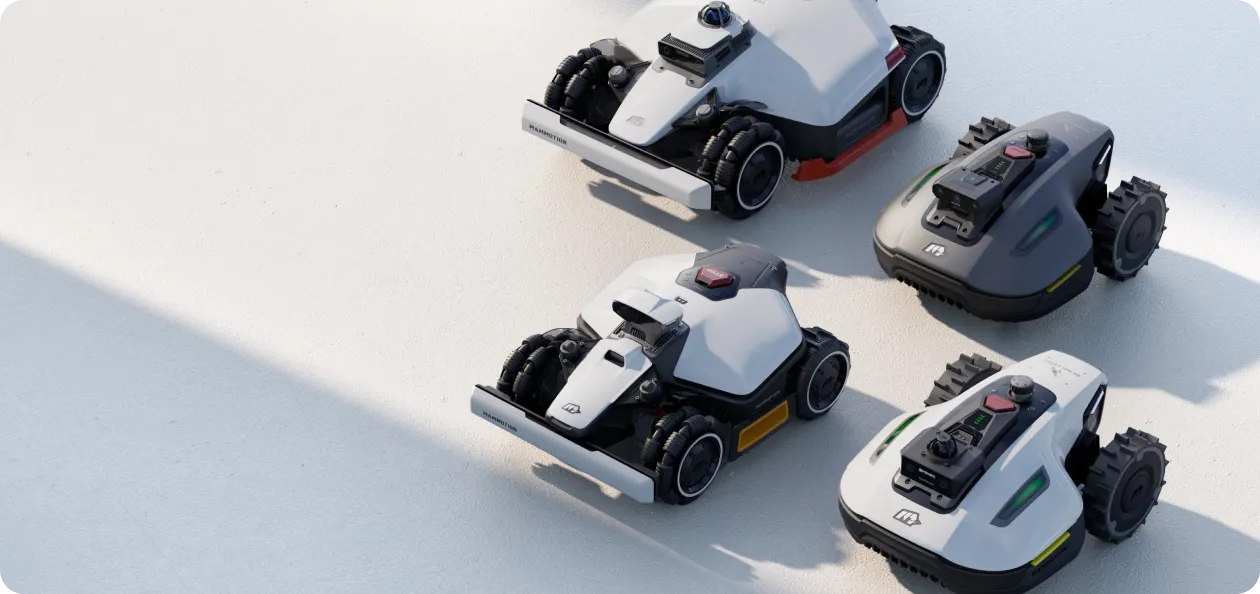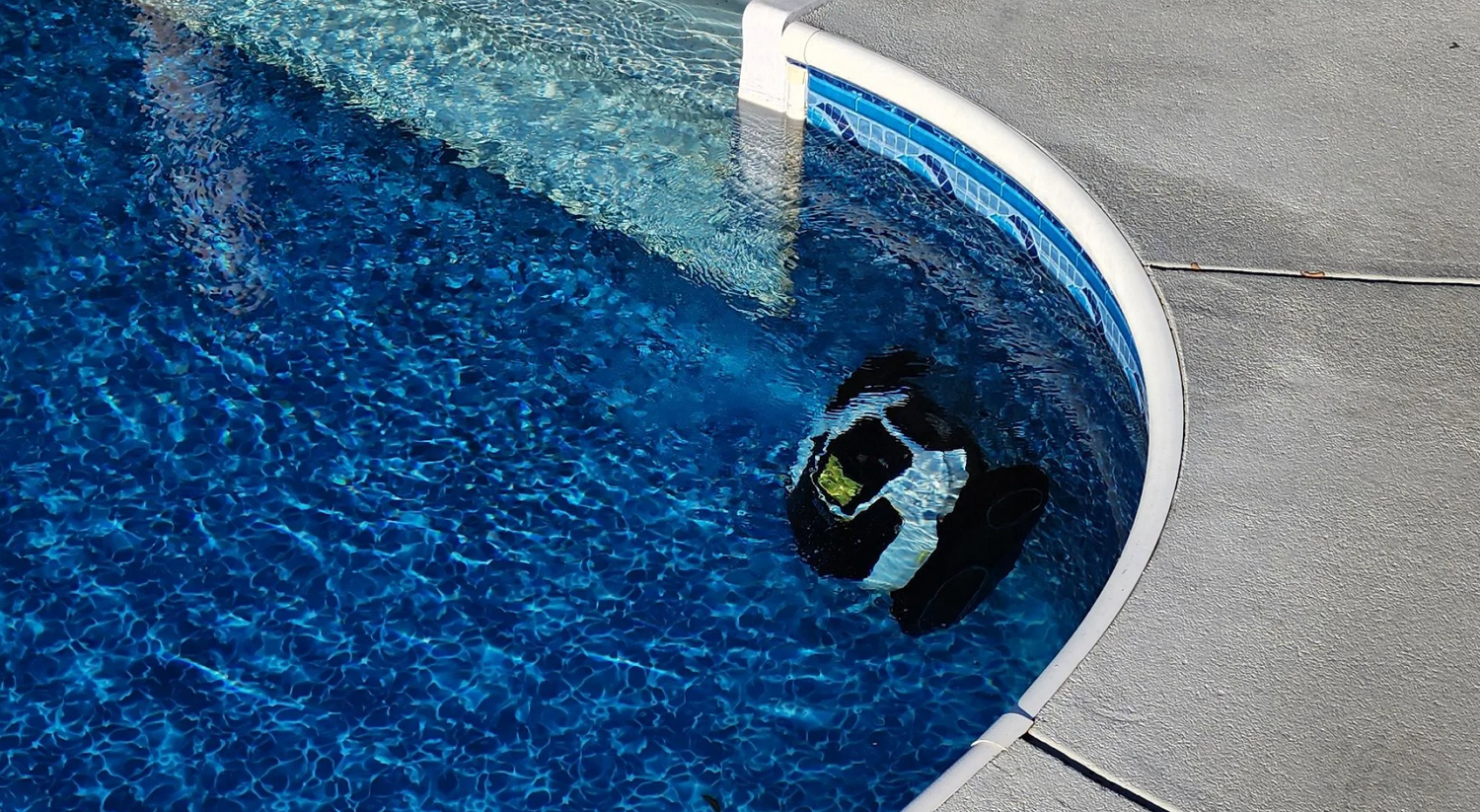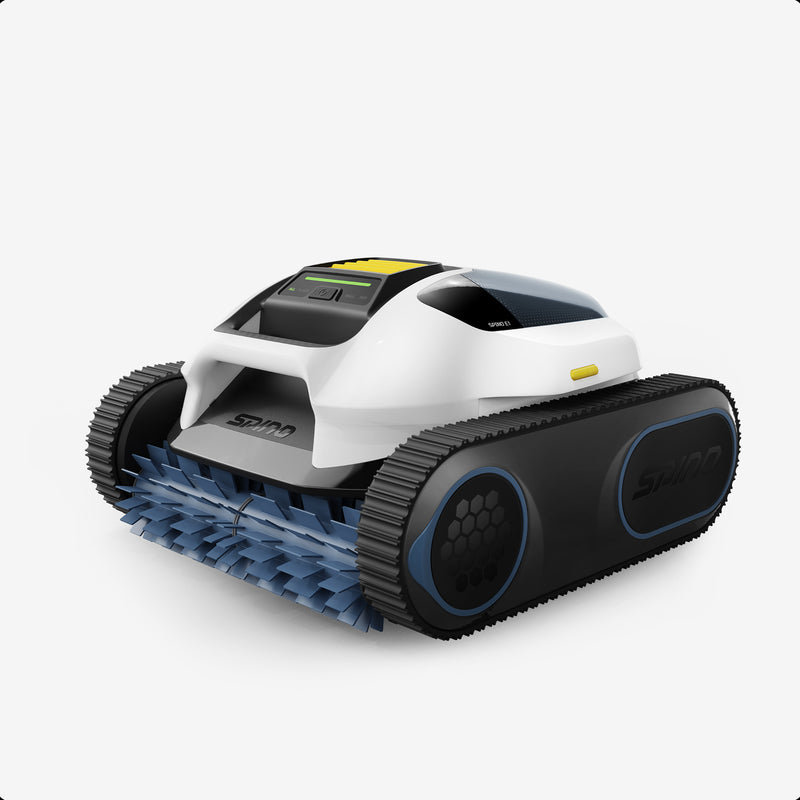If you’re tired of manually scrubbing your pool or relying on outdated suction cleaners, a robotic pool cleaner can be a game-changer. These smart, self-operating devices have become increasingly popular for their efficiency, low energy use, and ability to deliver sparkling clean water with minimal effort.
But when it comes to choosing the right robotic swim cleaner, there’s one key decision every buyer faces: Should you go with a cordless robotic pool cleaner or a corded one?
Both options offer distinct advantages, and each comes with a few trade-offs. Corded robotic pool cleaners typically deliver stronger, uninterrupted power and are ideal for large or heavily used pools. On the other hand, cordless robotic pool cleaners offer unmatched convenience—no tangled cords, no external power connection, and often easier storage and setup.
This article breaks down the pros and cons of both types, compares them across critical performance areas, and helps you figure out which cleaner fits your pool, lifestyle, and budget best. Whether you're a first-time pool owner or upgrading an older model, this guide will give you the clarity you need to make a confident decision.
What Are Corded and Cordless Robotic Pool Cleaners?
Before diving into comparisons, it's essential to understand what makes corded and cordless robotic pool cleaners different—not just in how they operate, but in how they fit into your pool maintenance routine.
Corded Robotic Pool Cleaners
These pool robots are powered through a long, waterproof electrical cable that connects to an external power supply. The cable provides continuous electricity, allowing the cleaner to run for extended periods without needing to recharge. Most high-end corded models are designed for larger in-ground pools and feature powerful suction, multiple cleaning cycles, and advanced wall-climbing capabilities.
However, corded models also require more setup: you'll need to carefully manage the cable to avoid tangles or accidental disconnections. While safety features are built in, there's always some concern about operating electrical devices around water—even if the systems are insulated and certified.
Cordless Robotic Pool Cleaners
Cordless models, by contrast, run on rechargeable lithium batteries and operate completely wire-free. Setup is simple: just drop the unit into the pool and let it go. These models are typically lightweight, more portable, and easier to store—making them a great choice for above-ground pools or smaller in-ground pools.
On the downside, cordless cleaners are limited by their battery life (often 60 to 180 minutes) and may require more frequent charging or shorter cleaning sessions. They’re also more dependent on smart navigation to avoid missing spots before the battery runs out.

Pros and Cons of Corded Robotic Pool Cleaners
Corded robotic pool cleaners have been around longer than their cordless counterparts, and for good reason—they’re powerful, consistent, and ideal for users who demand deep, uninterrupted cleaning. But they’re not perfect. Let’s break down the key advantages and drawbacks.
Advantages of Corded Robotic Pool Cleaners
1. Unlimited Runtime
Since corded models draw power directly from an external source, they can run for hours without needing to recharge. This makes them ideal for larger pools or heavy-duty cleaning tasks.
2. Stronger Cleaning Power
Many corded robotic pool cleaners feature higher suction strength and larger filter capacity, making them more effective at removing leaves, sand, algae, and fine debris in one pass.
3. Advanced Cleaning Features
Corded units often support more programmable cleaning modes, smart navigation systems, and wall and waterline scrubbing—features typically found in more premium models.
4. Long-Term Value
Because they don't rely on built-in batteries (which degrade over time), well-maintained corded models can last 5–7 years or more without significant performance loss.
Disadvantages of Corded Robotic Pool Cleaners
1. Cable Management Can Be Frustrating
Long cords may tangle, snag on pool features, or limit maneuverability if not carefully laid out. You may need to untwist or reposition the cable during use.
2. Setup Takes Longer
Compared to cordless models, corded robots require more effort to deploy and retrieve, as you need to plug them in and route the cable safely.
3. Not Ideal for Smaller Pools
If you have a compact above-ground pool, a full-sized corded cleaner might be overkill—too powerful, too bulky, and less convenient.
4. Safety Concerns (Perceived)
Although certified and waterproofed, some users still feel uneasy about running a wired electrical device near water—especially in homes with children or pets.
Corded robotic pool cleaners excel in power and consistency, but they trade off some ease-of-use and flexibility. In the next section, we’ll explore how cordless robotic pool cleaners stack up in comparison.
Pros and Cons of Cordless Robotic Pool Cleaners
Cordless robotic pool cleaners are quickly becoming a favorite among homeowners who want hassle-free pool maintenance with minimal setup. These models eliminate the need for cables, offering greater mobility and convenience—especially for smaller pools or users who value simplicity. Still, they come with a few trade-offs. Let’s take a closer look.
Advantages of Cordless Robotic Pool Cleaners
1. Truly Cord-Free Convenience
The biggest draw is obvious: no cords to deal with. You simply charge the unit, drop it in the water, and let it clean. No worrying about tangled wires or tripping hazards around your pool deck.
2. Lightweight and Easy to Handle
Cordless models tend to be more compact and portable, making them easier to lift, deploy, and store—especially for seniors or people with limited strength.
3. Safer to Use Around Water
Without any electrical cords running outside the pool, cordless cleaners remove the risk of accidental shocks or water damage to connected power units. They’re especially ideal in households with kids or pets.
4. Quick Setup and Storage
Charging a cordless robotic pool cleaner is usually straightforward. There’s no external power station to manage, and the unit can be tucked away neatly when not in use.

Disadvantages of Cordless Robotic Pool Cleaners
1. Limited Battery Life
Most cordless units run between 60 to 180 minutes per charge. This may not be enough time to clean large or heavily soiled pools in one session.
2. May Miss Spots
Because the robot operates under a time constraint, it’s crucial that its navigation system is highly efficient. Some lower-end models may leave areas uncleaned before the battery runs out.
3. Requires Charging Between Uses
Unlike corded units that you can run any time, cordless models need recharging after each use, which takes several hours. If you forget to charge, you may be stuck waiting.
4. Battery Wear Over Time
Rechargeable lithium-ion batteries degrade over time, which means cordless cleaners may lose runtime after a couple of years—potentially leading to costly replacements.
Comparison: Cordless vs. Corded Robotic Pool Cleaners
Now that you understand the strengths and weaknesses of both types, it’s time to compare corded and cordless robotic pool cleaners across the most important decision-making factors. This section will help you evaluate what actually matters based on your pool size, lifestyle, and maintenance needs.
|
Feature |
Corded Robotic Pool Cleaner |
Cordless Robotic Pool Cleaner |
|
Power Source |
External outlet (continuous power) |
Rechargeable battery (limited runtime) |
|
Runtime |
Unlimited |
60–120+ minutes per charge |
|
Cleaning Performance |
Stronger suction, better for large debris and algae |
Good, but may miss spots in large/heavily soiled pools |
|
Setup & Ease of Use |
Requires cable management and power supply |
Just charge and drop in—no cords to deal with |
|
Portability & Storage |
Heavier, requires more storage space |
Lightweight, compact, easy to store |
|
Ideal Pool Type |
Large in-ground pools |
Small to medium in-ground or above-ground pools |
|
Safety Around Water |
Certified waterproof, but involves corded electricity |
Safer—no external cords or power near water |
|
Maintenance |
Fewer battery concerns |
Battery may degrade over time |
|
Long-Term Value |
More durable, fewer replacement parts |
May require battery replacements after 2–3 years |
|
Upfront Cost |
Typically higher |
Typically lower |
|
Best For |
Deep cleaning, large pools, long sessions |
Quick cleanups, ease of use, portability |
Product Recommendations: Top Picks for Every Pool Owner
Choosing between a corded or cordless robotic pool cleaner is much easier when you can see real-world options. Here are two standout models that represent the best of each category—trusted by pool owners for performance, reliability, and value.
Cordless Pick: Spino E1 Robotic Pool Cleaner by Mammotion
If convenience, smart features, and cordless freedom top your list, the Spino E1 Robotic Pool Cleaner from Mammotion is hard to beat. Designed for homeowners who want maximum mobility without sacrificing cleaning power, the Spino E1 offers:
- 100% cordless operation – no tangles, no hassle
- Triple brushless motor drive for strong, stable cleaning
- Up to 210 minutes of runtime on a single charge
- Cleans up to 1600 sq.ft, 3.5-hour nonstop runtime
- Intelligent SmartArc path planning
- 5 cleaning mode options.
- Lightweight and easy to retrieve
It’s especially ideal for kind of sized pools—both in-ground and above-ground—and for users who prefer simple, app-free operation.
✅ Best for: Busy homeowners, families, and first-time buyers looking for a modern, hands-free solution.
Corded Pick: Dolphin Nautilus CC Plus
For those with larger pools or heavier debris to deal with, the Dolphin Nautilus CC Plus remains a top-rated corded model. It delivers deep cleaning with full pool coverage—floor and walls included—and runs independently of your pool’s pump system.
- Plug-and-play setup with anti-tangle swivel cable
- Scrubs walls and floor with precision brushes
- Large filter capacity for leaves, sand, and fine particles
- Easy lifting and handling
✅ Best for: Pool owners who want robust, uninterrupted cleaning and don’t mind managing a cord for higher power.
By matching the right robotic pool cleaner to your needs, you can save time, energy, and even money in the long run. Whether you prioritize freedom of movement or deep-clean power, there’s a reliable solution that fits your pool and lifestyle.
Conclusion: Which Robotic Pool Cleaner Should You Choose?
At the end of the day, both corded and cordless robotic pool cleaners offer great benefits—but which one is right for you depends on your pool size, usage habits, and priorities.
Both types have come a long way in terms of smart features, cleaning efficiency, and ease of use. Whether you go corded or cordless, investing in a robotic pool cleaner means spending less time cleaning and more time enjoying your pool.
So, take stock of your pool’s needs—and your personal preferences—and choose the model that fits your lifestyle best.
Frequently Asked Questions
1. Are corded or cordless pool robots better?
It depends on your pool size and preferences. Corded robots offer unlimited runtime and stronger suction—great for large pools. Cordless models are easier to use, safer, and ideal for smaller pools. Each has pros and cons, so the best choice depends on your needs.
2. Do cordless robotic pool cleaners clean as well as corded ones?
In many cases, yes—especially newer models with smart navigation and strong motors. However, corded models usually offer more powerful suction and longer cleaning cycles, which can be better for heavily soiled pools.
3. Can a cordless pool cleaner clean a large pool?
Some high-end cordless models can handle larger pools, but their battery life may not allow for a full deep clean in one session. Mammotion SPINO E1 can run 210 mins once charged, and cleans up to 1600 sq.ft.
4. Are cordless pool robots safe?
Yes. In fact, they’re often considered safer since there are no electrical cords running outside the water. They’re a great choice for families with children or pets.
5. How long does a cordless robotic pool cleaner last on a full charge?
Most models run between 60 to 180 minutes on a full charge, depending on the brand and cleaning mode. But the newest SPINO E1 from Mammotion can run 210 minutes once fully charged.
6. Do I need to supervise my pool robot while it cleans?
Not usually. Both corded and cordless models are designed to operate independently. Just make sure the unit is properly placed, and let it do the work.
7. Can I leave a cordless pool cleaner in the water all the time?
It’s not recommended. Prolonged exposure to water can wear down seals and battery components. Always remove and dry your cleaner after each cycle.
8. Do robotic pool cleaners require a lot of maintenance?
No. Basic maintenance includes emptying the filter, rinsing off debris, and charging (for cordless units). Keeping them clean prolongs their life and keeps performance consistent.
9. Do cordless robotic pool cleaners cost more than corded ones?
Not necessarily. While high-end models exist in both categories, cordless robots are often priced competitively. However, long-term value may differ due to battery replacement costs.
10. Which type of robotic pool cleaner is better for above-ground pools?
Cordless robotic pool cleaners are usually more compact and lightweight, making them better suited for above-ground or smaller in-ground pools.













